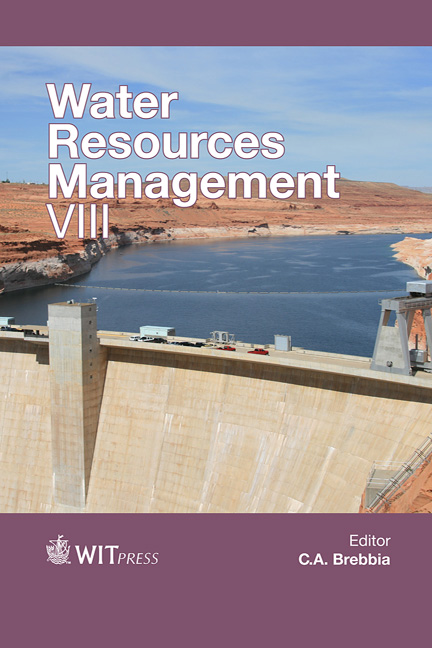A Framework For Assessing Capacity In Water Governance
Price
Free (open access)
Transaction
Volume
196
Pages
12
Page Range
329 - 340
Published
2015
Size
319 kb
Paper DOI
10.2495/WRM150281
Copyright
WIT Press
Author(s)
A. Zary, H. Bjornlund, W. Xu
Abstract
Alberta’s water governance is shaped by a complex web of provincial and federal acts and policies, inter-provincial, inter-territorial, and international management and allocation agreements, and local government bylaws. Adding to the intricacy, water governance is a collaborative process with government departments, government mandated agencies and non-governmental organizations involved. A diverse landscape and varying water needs also contribute to the complexity of water management. Recently, Alberta’s water governance has evolved to become more of a collaborative bottom-up rather than top-down approach to management involving a wide range of stakeholders. The direction for water resource management has been driven primarily by the Water for Life strategy. With the shift from a top-down to a bottom-up approach to water management, many questions arise around the capacity of stakeholders to fulfill their roles in this governance structure. In this context, the paper develops a conceptual framework to assess stakeholder capacity in water governance which can be modified to be used in other geographic and resource contexts.
Keywords
water, water governance, capacity, capacity assessment frameworks, Alberta, Canada





